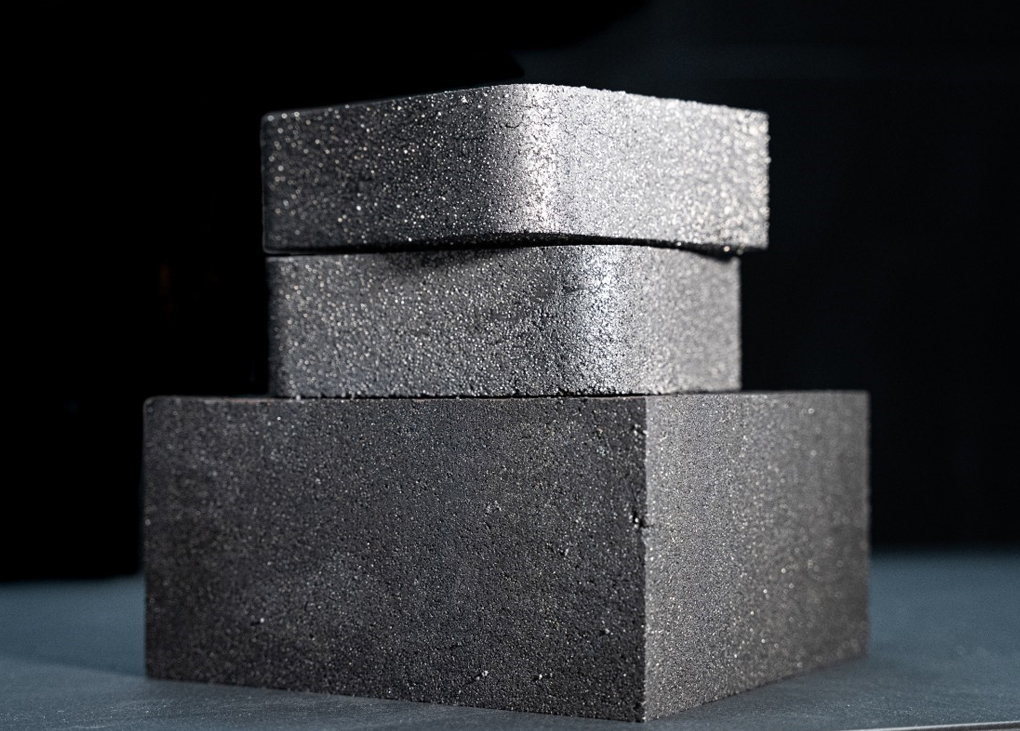The University of Newcastle has patented a new type of stackable thermal storage material, which can be housed in blocks, stored cheaply and safely, and then used to run steam turbines at power stations rather than burning coal.
Dubbed Miscibility Gaps Alloy (MGA), the blocks are capable of receiving energy generated by renewables.
A team of University of Newcastle engineers spent years working on the technology to store thermal energy effectively and affordably. Their solution is the 20cm x 30cm x 16cm blocks, which can be retrofitted to retired power plants or introduced to existing power plants to help them transition from fossil fuels to renewables. MGA blocks can be added or removed to scale the system up or down to meet market demand.
University of Newcastle Materials Scientist and lead researcher, Professor Erich Kisi, says the technology enables renewable energy to be used as reliable baseload power.
“We’re aiming to bridge the gap between cheap and abundant renewable energy, which is generated in peaks, and the ability to store and dispatch energy at any time of day or night, to meet consumer needs,” says Kisi, who is also CEO of MGA Thermal, the company formed to develop the new tech.
“Unlike coal-fired power, which is regulated and controlled, renewable energy is a challenge because it is less predictable and inconsistent. The grid, which includes the poles and wires you see on streets connecting to houses and buildings, was not designed to receive large spikes associated with renewable energy.
“Redesigning the whole grid is simply too expensive, so we’ve created MGA as an energy storage solution to marry with existing infrastructure. We’ve made renewable energy compatible at grid-scale so that when the sun doesn’t shine or wind drops, the grid still delivers power on-demand.”
Buoyed by close to $1 million combined private and government funding, MGA Thermal is establishing a NSW-based manufacturing plant to scale production of its modular blocks to commercial levels.
Says Professor Kisi: “There’s potential for a whole new local industry, manufacturing high-value thermal storage material for renewable energy projects.”
 Matt Dillon
Matt Dillon


Leave a Reply